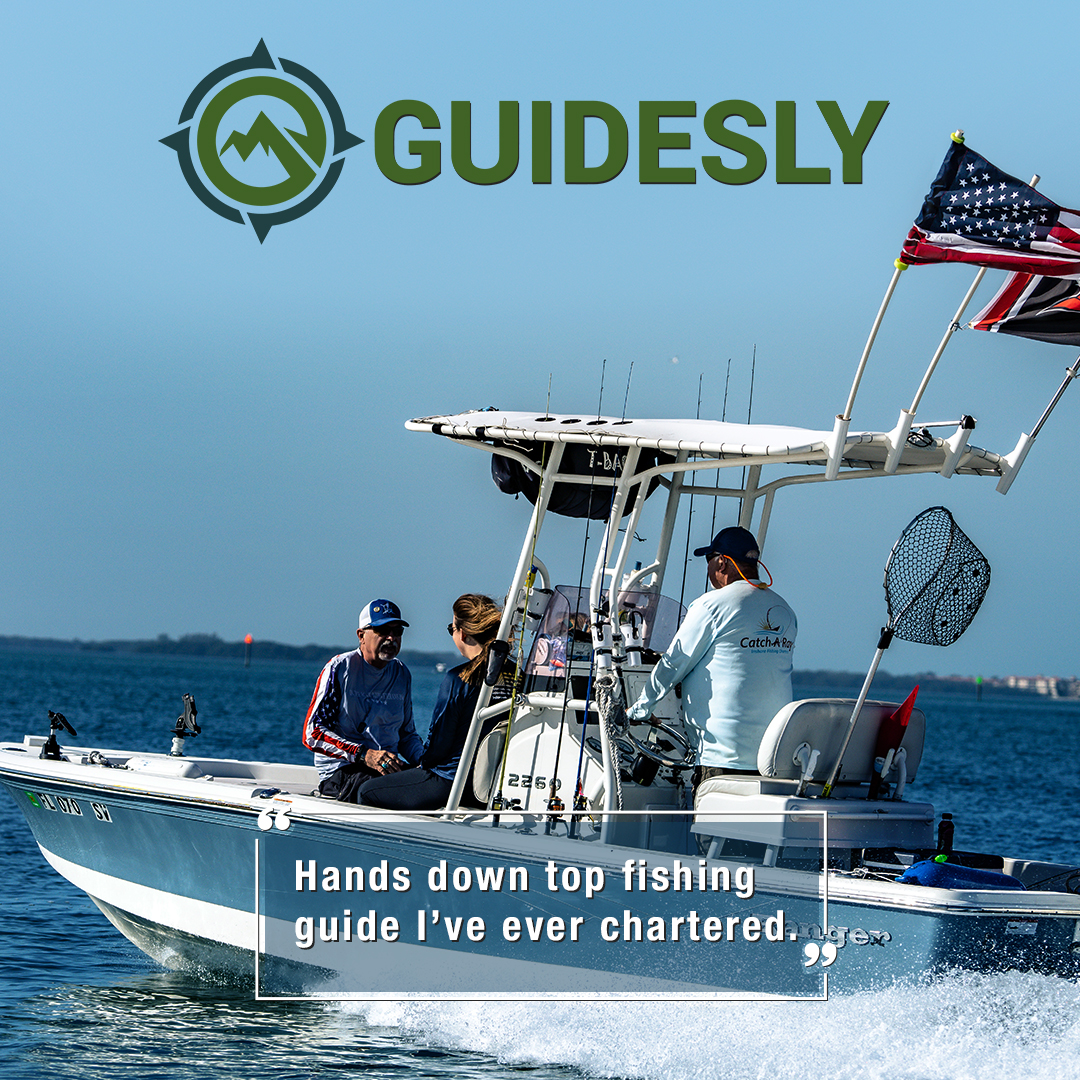Differences Between Catching Tuna on the East Coast vs West Coast
Learn about the grueling tuna fishing differences attracting anglers to the vast waters of both the East and West Coasts of the United States.
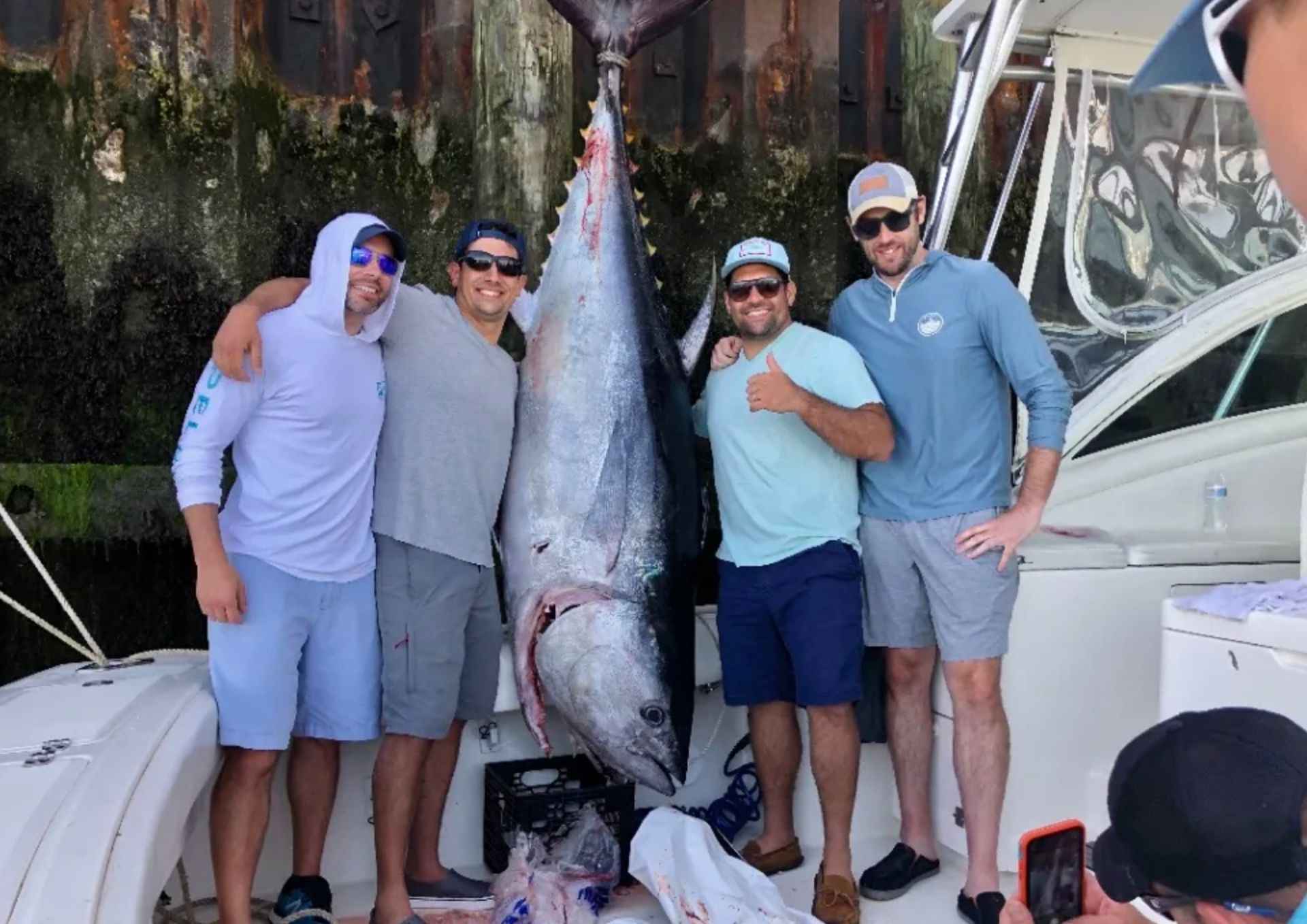
Tuna fishing is an exciting, give-your-all pursuit, attracting anglers to the vast waters of both the East and West Coasts of the United States. Each coast offers unique challenges and rewards, with differences in species, habitats, and fishing techniques.
On the East Coast, the Gulf Stream's warm currents create a haven for Bluefin, Yellowfin, Bigeye, and Albacore tuna. In contrast, the West Coast, particularly Southern California, is renowned for its Bluefin and Yellowfin tuna fishing, influenced by the nutrient-rich California Current.

Understanding Tuna Species and Habitats
The first step in successful tuna fishing is understanding the species you're targeting. On the East Coast, anglers commonly encounter Bluefin, Yellowfin, Bigeye, and Albacore tuna.
West Coast fishermen often target Bluefin, Yellowfin, and Albacore, with occasional Skipjack tuna.
East Coast Tuna Species: Bluefin, Yellowfin, Bigeye, Albacore
West Coast Tuna Species: Bluefin, Yellowfin, Albacore, Skipjack
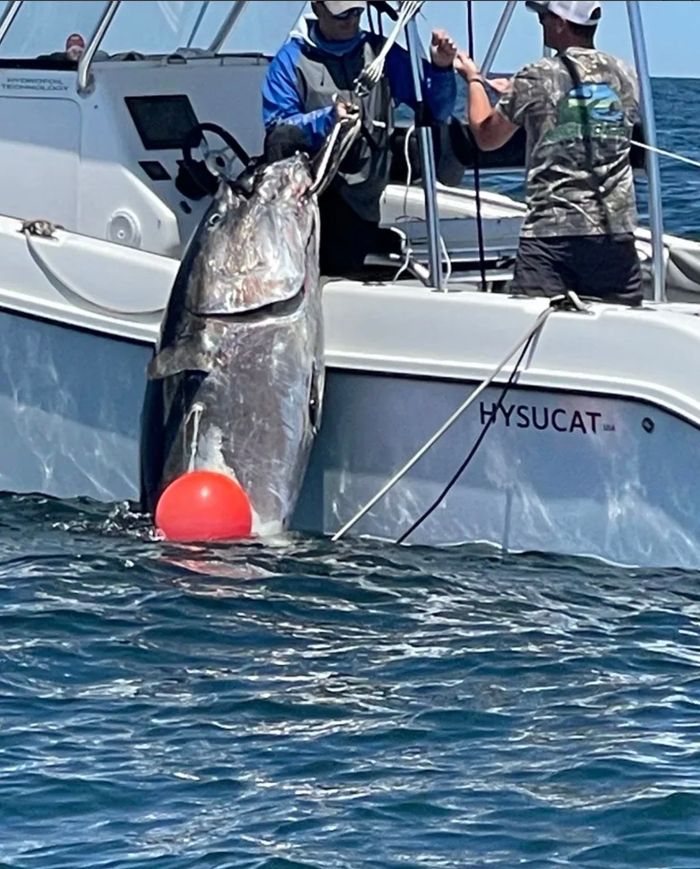

Prime tuna habitats on the East Coast include the Outer Banks of North Carolina and the waters off Cape Cod, Massachusetts. These areas are influenced by the Gulf Stream, creating unique conditions that attract various tuna species.
On the West Coast, Southern California, especially San Diego, is a hotspot for tuna fishing. The California Current brings nutrient-rich waters, making it an ideal feeding ground for tuna. Understanding these habitats and the species they host is crucial for developing effective tuna fishing strategies.
The Influence of Ocean Currents on Tuna Fishing
Ocean currents play a significant role in tuna fishing. They affect the behavior of tuna and, consequently, the strategies anglers use to catch them.
On the East Coast, the Gulf Stream's warm waters create a rich feeding ground for various tuna species. This current influences the migration patterns of tuna, making areas like the Outer Banks and Cape Cod prime fishing spots.
On the West Coast, the California Current brings nutrient-rich, cooler waters from the north. This current attracts a variety of baitfish, which in turn draw in hungry tuna. Understanding these currents and their effects on tuna behavior is key to successful fishing on both coasts.
Seasonal Patterns and Peak Fishing Times
Seasonality is a crucial factor in tuna fishing. The time of year can significantly impact the presence and behavior of tuna, affecting the success of your fishing trip.
On the East Coast, the tuna fishing season typically begins in June and lasts through November. The peak season often falls between August and October, when the waters are warmest and tuna are most active.
Early Season (June - July): Good for Yellowfin and Bigeye tuna
Peak Season (August - October): Excellent for Bluefin and Albacore tuna
Late Season (November): Last chance for late-migrating tuna
On the West Coast, particularly in Southern California, the tuna fishing season can extend year-round. However, the prime time for catching large Bluefin and Yellowfin tuna is usually from June to October. Understanding these seasonal patterns can help you plan your fishing trips for maximum success.
Tuna Fishing Techniques: East Coast Strategies
Tuna fishing on the East Coast involves a variety of techniques. One of the most popular methods is trolling with spreader bars and daisy chains.

Spreader bars mimic a school of baitfish, attracting tuna to the surface. Anglers often use them in combination with daisy chains, a series of lures or teasers, to create a convincing bait ball illusion. This strategy can be highly effective, especially when targeting Bluefin tuna.
Another common technique on the East Coast is chumming with live bait. Anglers release a steady stream of baitfish into the water to create a scent trail that attracts tuna. This method can be particularly effective when combined with live baiting, where a hooked baitfish is left to swim freely and entice tuna.
Lastly, East Coast anglers often target structure, such as wrecks and ledges. These underwater features attract baitfish, which in turn draw in tuna. By understanding the local topography and focusing on these areas, anglers can significantly increase their chances of a successful catch.
Tuna Fishing Techniques: West Coast Strategies
West Coast tuna fishing often involves long-range trips. These trips can last several days and cover hundreds of miles.
Live bait is a crucial part of these expeditions. Anglers use bait tanks to keep sardines, anchovies, or mackerel alive and fresh. The live bait is then used to entice tuna, often with great success.
Kite fishing is another popular technique on the West Coast. This method involves using a kite to dangle the bait on the surface of the water. The bait appears to be struggling, which attracts predatory tuna. Kite fishing can be particularly effective for larger species like Bluefin tuna.
Finally, West Coast anglers often utilize Fish Aggregating Devices (FADs). These are man-made structures that attract fish. They can be anchored or free-floating. Tuna are known to gather around FADs, making them hotspots for anglers. By understanding how to use these devices, West Coast fishermen can significantly improve their catch rates.
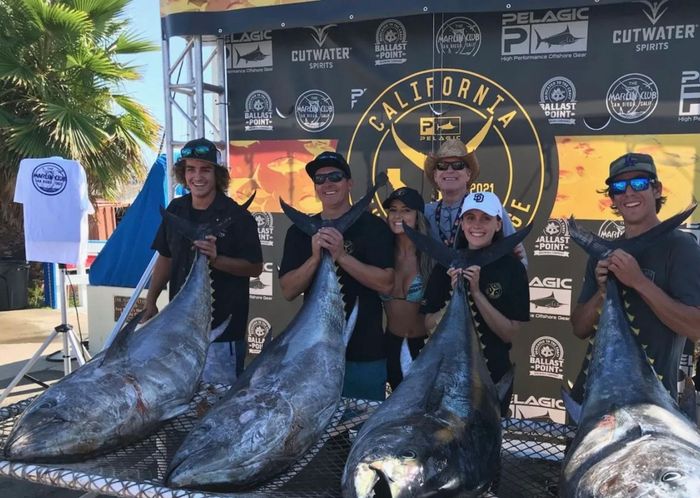
Regulations and Conservation: East vs. West Coast
Fishing regulations are crucial to maintaining healthy fish populations. These rules vary between the East and West Coasts.
Understanding bag limits and size restrictions is essential. On the East Coast, for example, Bluefin tuna regulations are complex. They depend on the size of the fish and the time of year. On the West Coast, anglers often face limits on the number of Albacore they can keep.
East Coast Bluefin: Size and seasonal restrictions
West Coast Albacore: Bag limits
Conservation plays a significant role in tuna fishing. Both coasts have seen increased efforts to promote sustainable fishing practices. These include catch and release, the use of circle hooks, and adherence to bag and size limits. By following these practices, anglers can help ensure the future of tuna fishing for generations to come.
Gear and Tackle: Adapting to Coast-Specific Conditions
The right gear can make a significant difference in your tuna fishing success. On the East Coast, heavy tackle is often necessary. This is due to the large size of Bluefin tuna commonly found in these waters.
On the West Coast, anglers often use lighter tackle. This is because the tuna species found here, such as Yellowfin and Albacore, are typically smaller. However, when targeting larger Bluefin, heavier gear may be required.
Regardless of the coast, a good quality reel, strong line, and sharp hooks are essential. It's also important to have a variety of lures and baits to adapt to changing conditions and tuna preferences.
The Role of Technology in Modern Tuna Fishing
Technology plays a crucial role in modern tuna fishing. Sonar, for instance, is a game-changer. It allows anglers to locate schools of tuna beneath the surface, increasing the chances of a successful catch.
GPS is another invaluable tool. It helps fishermen navigate to productive fishing grounds and mark successful spots for future trips. With these advancements, anglers can fish more efficiently and effectively, regardless of the coast they're on.
The Cultural and Economic Impact of Tuna Fishing
Tuna fishing holds a significant place in the cultural fabric of coastal communities. From the East Coast's Outer Banks to Southern California, generations of anglers have shared the thrill of landing a large tuna. These experiences often turn into stories, passed down through families and fishing communities, strengthening bonds and traditions.
Beyond culture, tuna fishing also has a substantial economic impact. The sportfishing industry, particularly in California and Florida, contributes significantly to local economies. From charter services to bait shops, many businesses thrive on the influx of anglers during the peak tuna fishing seasons.
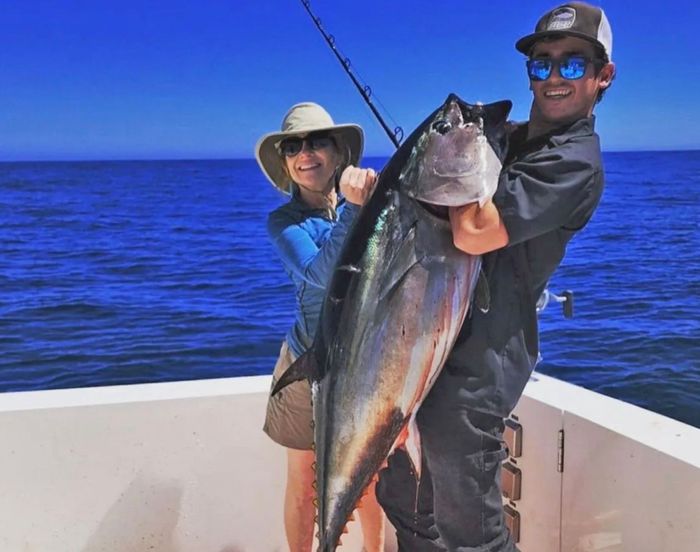
Conclusion: Embracing the Challenges and Joys of Tuna Fishing
Tuna fishing, whether on the East or West Coast, offers a unique blend of challenge and reward. The thrill of the catch, the camaraderie among anglers, and the connection with nature make it a cherished pastime for many.
However, it's crucial to remember the importance of sustainable practices. As anglers, we have a responsibility to protect the tuna populations and their habitats. By adhering to regulations, practicing catch and release, and promoting conservation, we can ensure that future generations can also experience the joys of tuna fishing.


